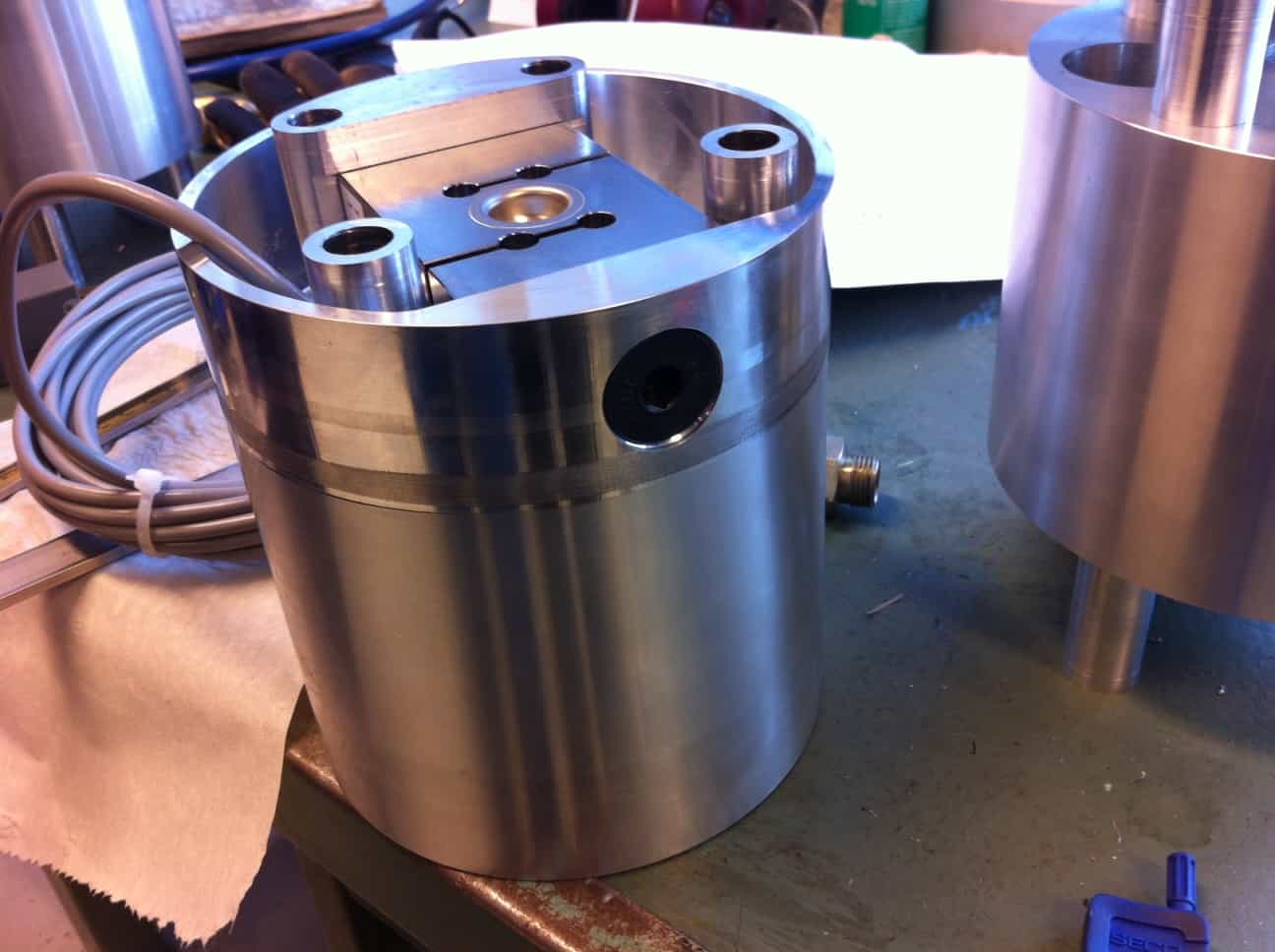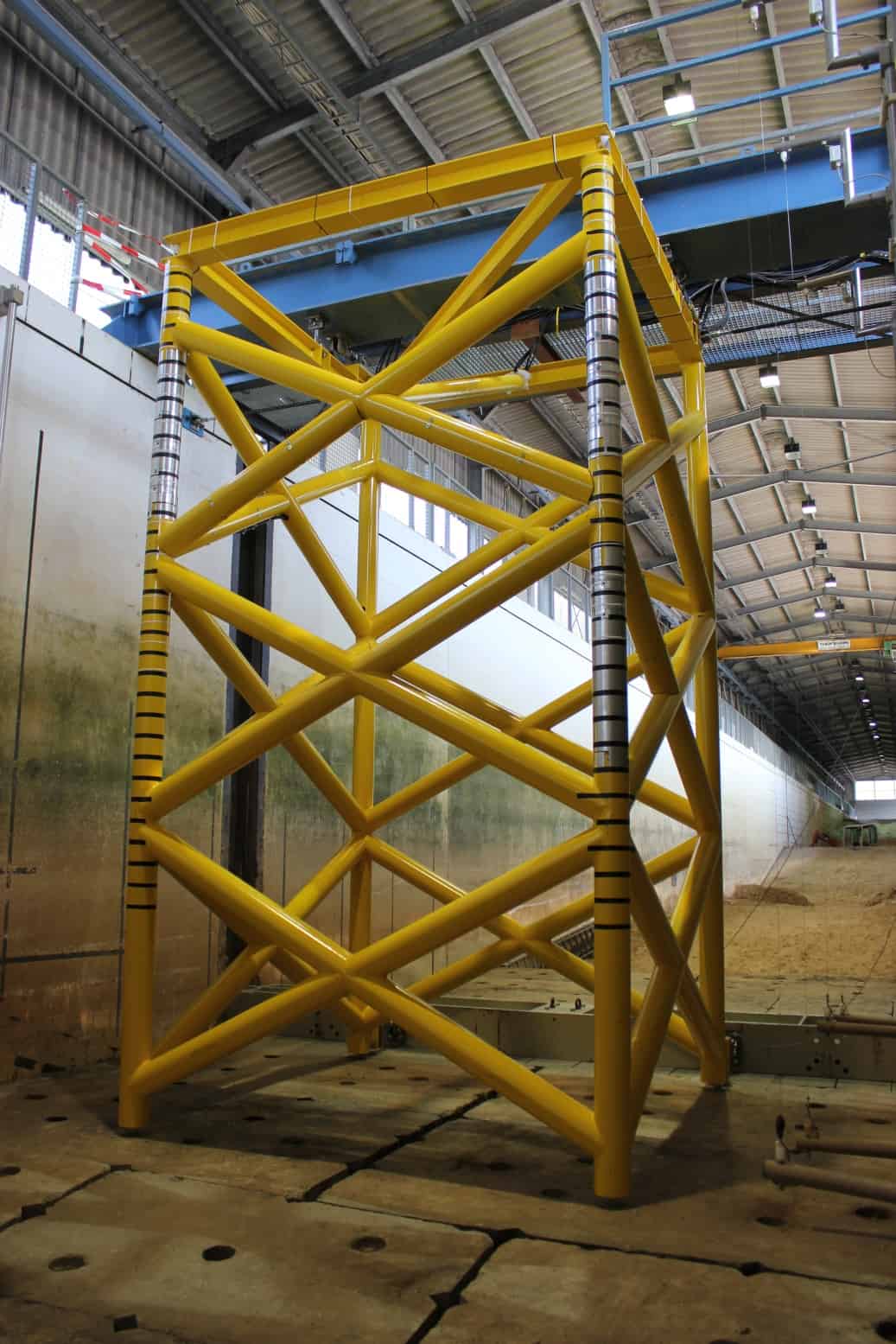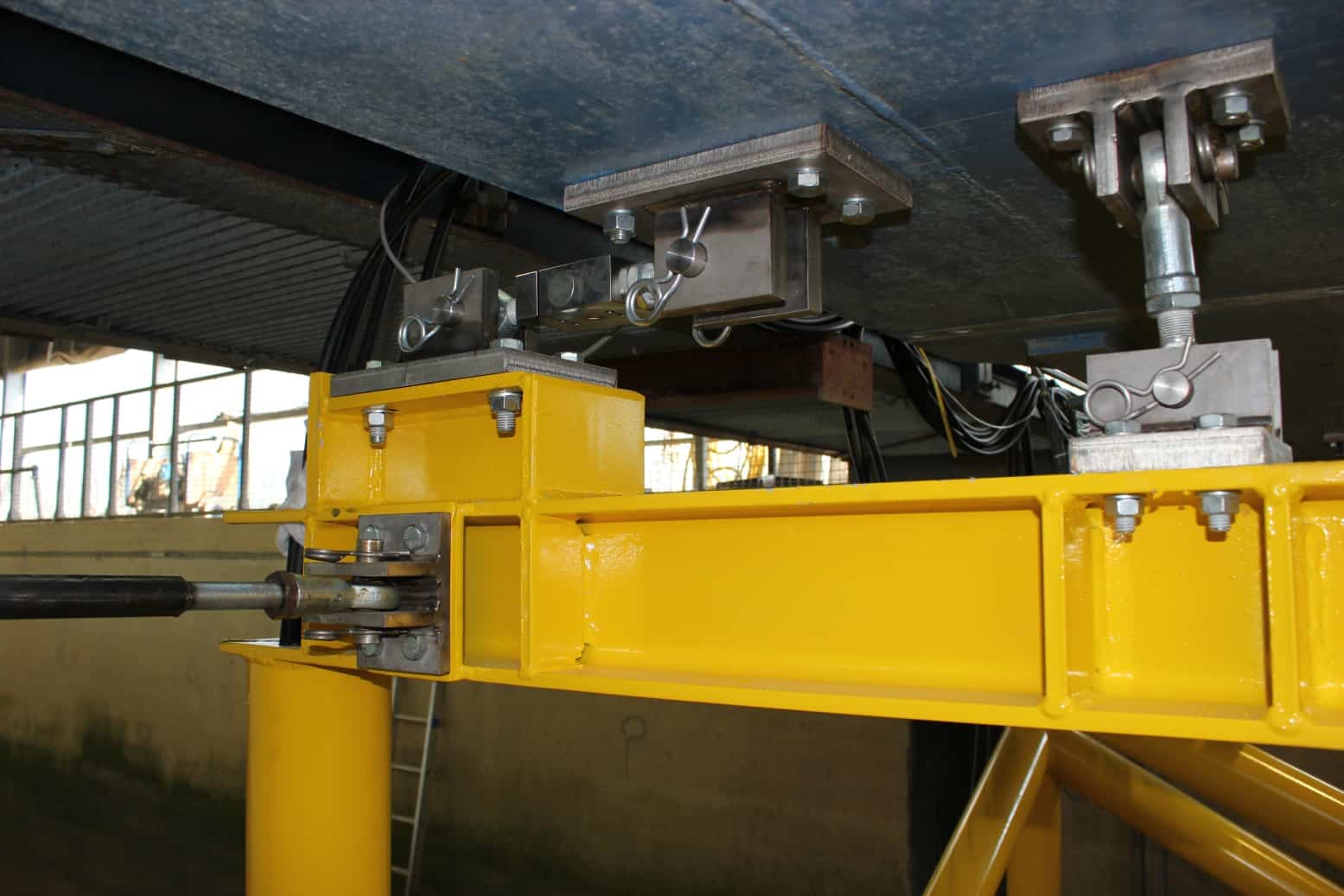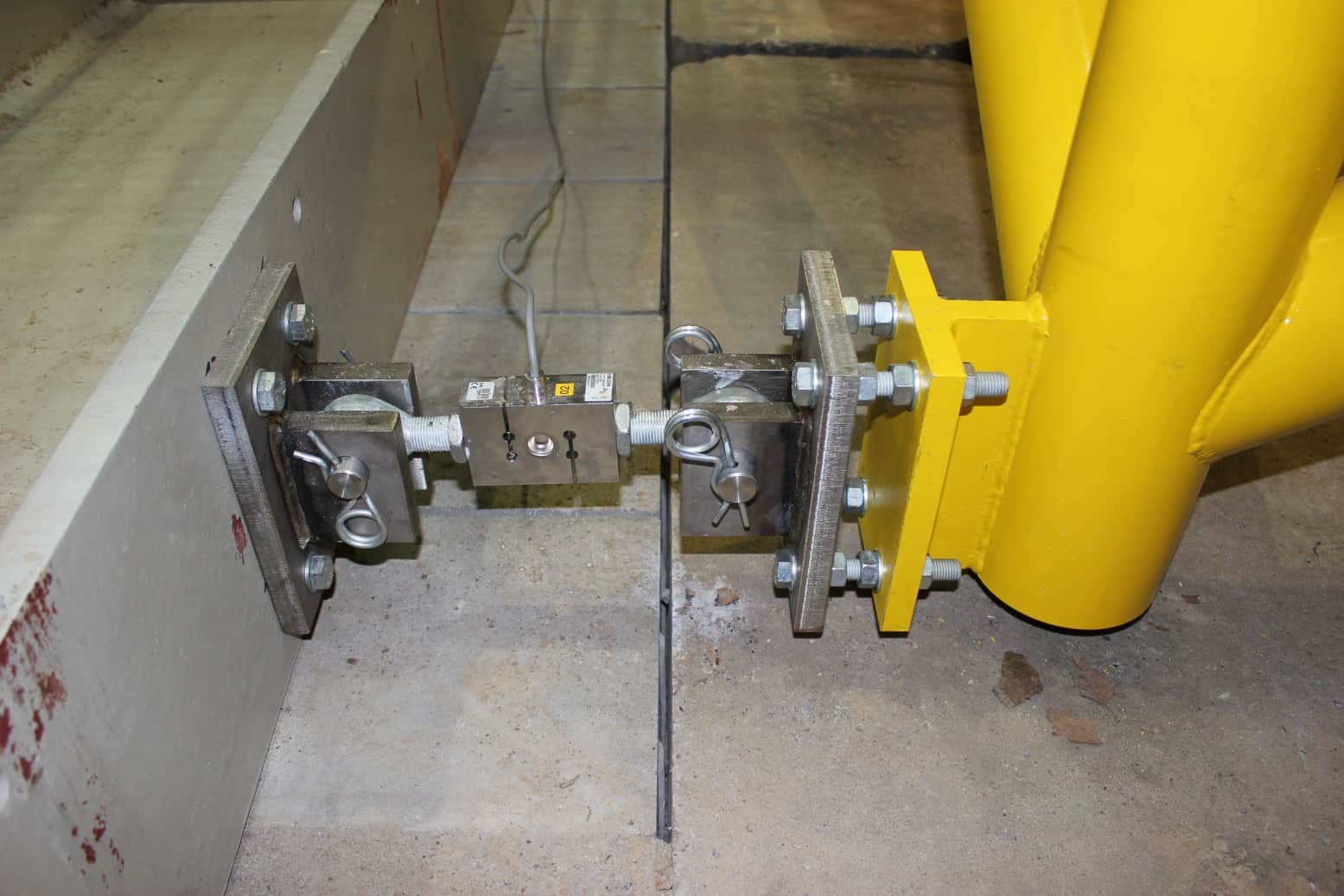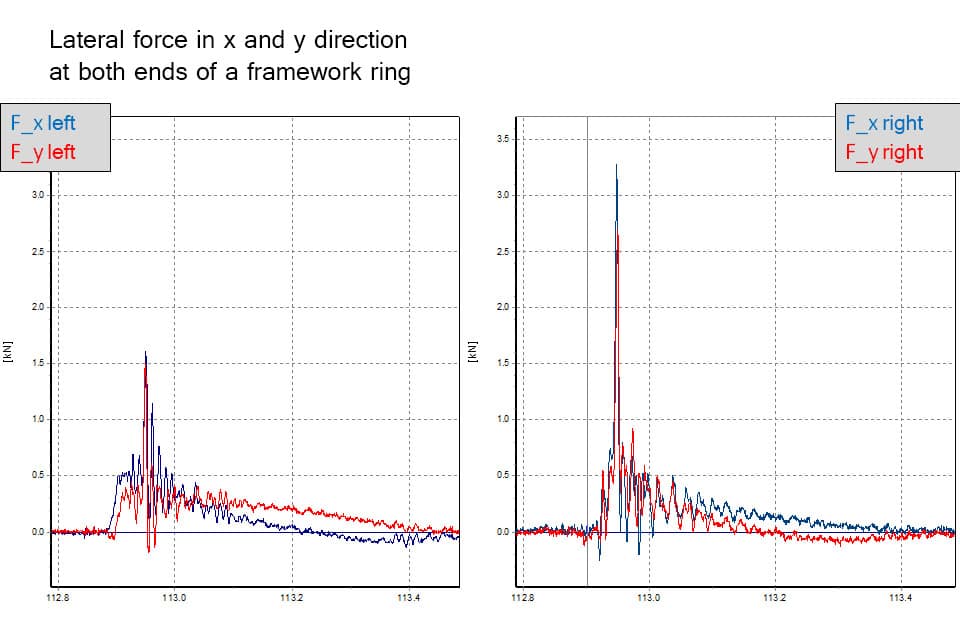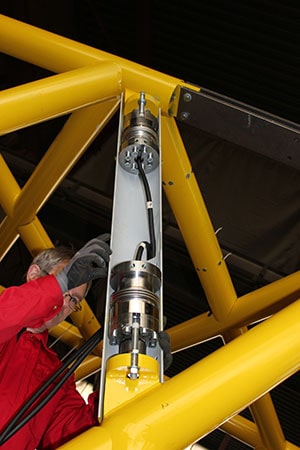When waves meet wind force
HBM S9M force transducer records the loading exerted by waves on framework structures in offshore wind power plants
When waves break on offshore wind energy plants, pressure shocks are generated that can load the foundation structures of the plants in shallow water. To improve dimensioning methods in these situations for framework structures, also called jacket structures, physical modelling experiments were carried out at the Large Wave Channel of the Coastal Research Center (FZK) in Hannover, Germany. The S9M force transducer from HBM provided decisive findings.
